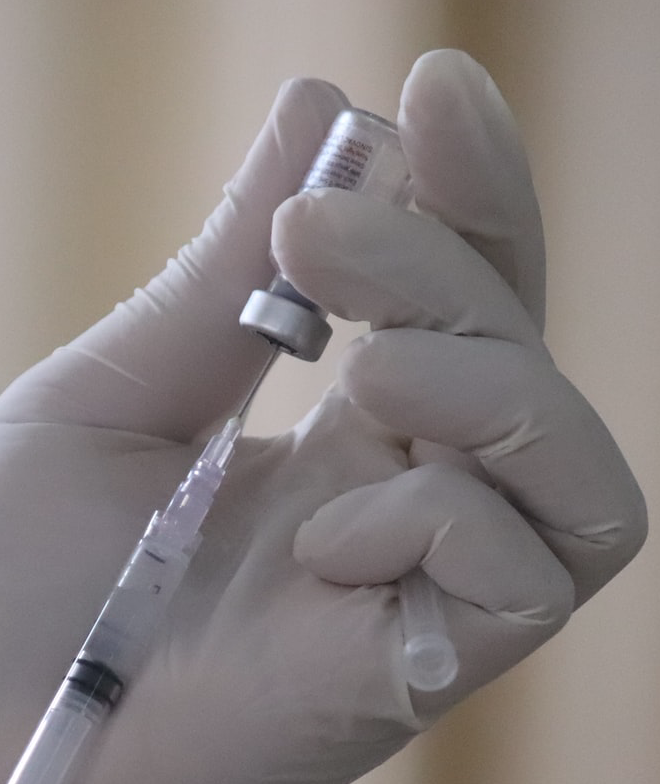by Fred Fuld III
Every investor likes getting a bargain. So how about stocks that have had sales growth over the last five years greater than 25% yet trading is down 30% for the quarter?
Here is a list of those stocks, three of which are involved in the healthcare sector.
Emergent BioSolutions Inc. (EBS) is a life sciences company that produces products and solutions, including vaccines, that address accidental, deliberate, and naturally occurring public health threats. The stock, which has a market cap of almost $2 billion, trades at 8.83 times trailing earnings and 7.35 times forward earnings. The company just announced a stock repurchase program a couple days ago.
eHealth, Inc. (EHTH), based in Santa Clara, California, is a provider of private health insurance exchange services to individuals, families, and small businesses. The market cap is $739 million, and has a forward price to earnings ratio of 16.
PagSeguro Digital Ltd. (PAGS), based in Brazil, is a provider of financial technology solutions and services for consumers, individual entrepreneurs, micro-merchants, and small and medium-sized companies in Brazil and various other countries. The company has a market cap of $11.6 billion, a trailing P/E ratio of 50.56, and a forward P/E of 24.63.
Timber Pharmaceuticals, Inc. (TMBR) is involved in the development and commercialization of treatments for orphan dermatologic diseases. This New Jersey based company has an extremely low market cap at $19 million.
Maybe one of these bargain basement stocks can benefit your portfolio, but keep in mind that sometimes there is a reason why a company has had a huge price drop.
Disclosure: Author didn’t own any of the above at the time the article was written.


